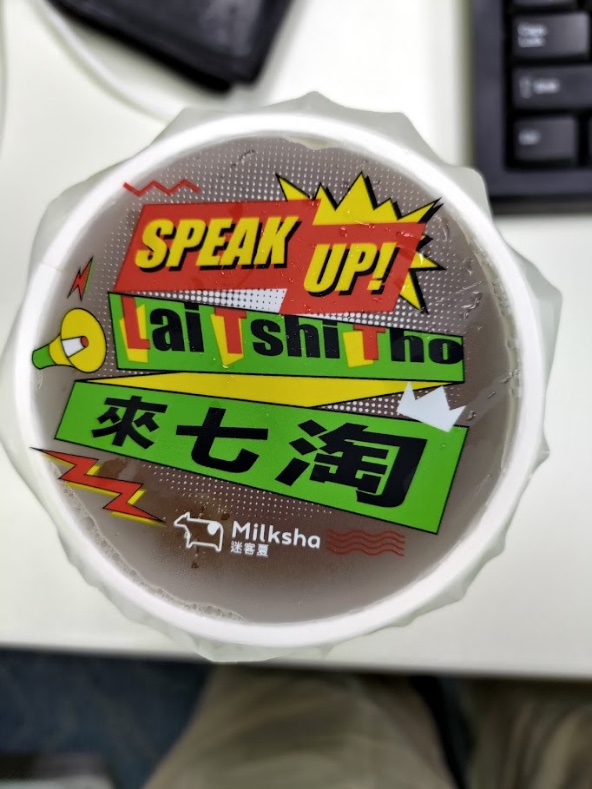"Collapsed" calligraphy, part 2
New article by Nyri Bakkalian in Unseen Japan (9/17/22):
"New App Promises Greater Convenience in Reading Old Japanese Cursive:
Kuzushiji, the 'crushed letters' found in historical Japanese documents, have long been the bane of scholars. A new app may change all that."
The author bemoans:
During my graduate education in Japanese history, interpreting handwritten primary source material from the 19th century and earlier was one of my greatest challenges. Typeset historic documents exist, especially in my period of focus during the Bakumatsu-Meiji transition. But the further back in time one’s research focus is situated, the rarer these documents become. There is a plethora of handwritten documents, written in historic cursive, but learning how to read them is a significant investment of time and resources beyond the means of most people who might otherwise have the inclination to learn.
Read the rest of this entry »

